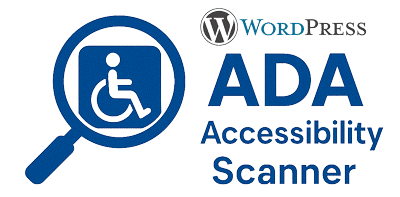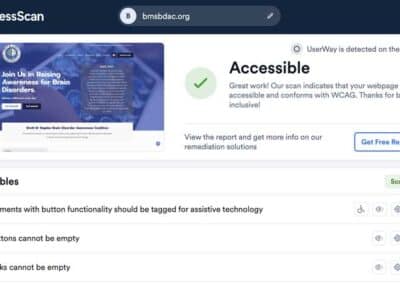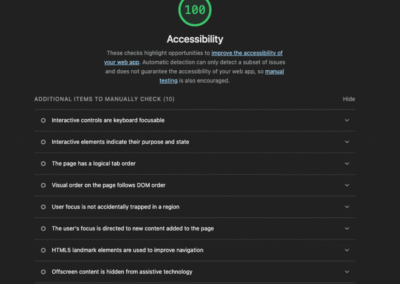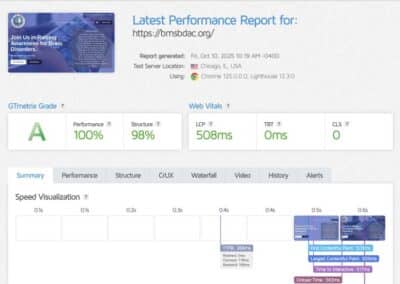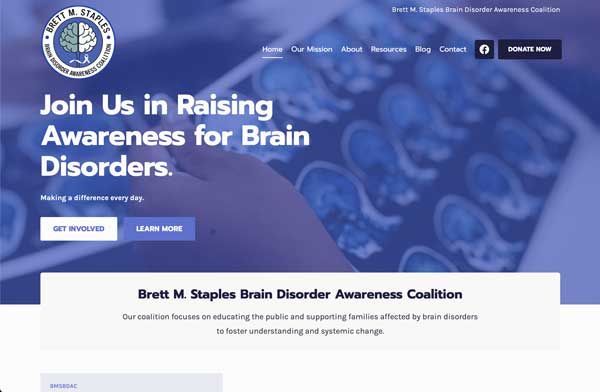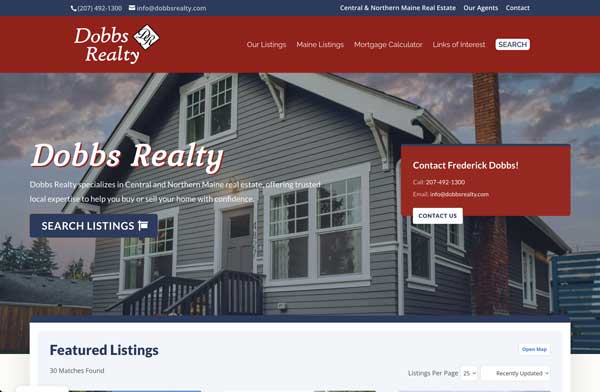ADA Website Design
Enhanced user experience for your site visitors
WCAG 2.1 & ADA Compatibility

Powerful, Scalable, Lightweight and Secure ADA Website Design
Our team has built the first WordPress ADA Accessibility Scanner that works right in your WordPress website. Joined by our exclusive Universal ADA Enhancer for the Kadence and Divi WordPress Themes, we can bring any NEW website we build 100% ADA Compatible.
If you’re in need of ADA Website Design please contact us, we’re here to help.

Plugins included on our
All Inclusive Plans:
- ADA Accessibility Scanner
- Universal ADA Enhancer
- Accessibility by UserWay
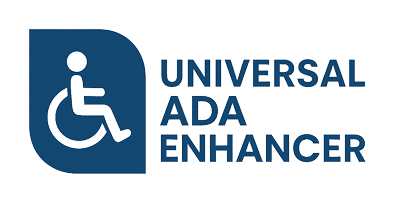

CASE STUDY
Brett M. Staples Brain Disorder Awareness Coalition
Website: https://bmsbdac.org/
For the Brett M. Staples Brain Disorder Awareness Coalition, we designed and developed a fully ADA-compliant website focused on accessibility, inclusivity, and usability. The site features clear navigation, strong color contrast, text-to-speech compatibility, mobile responsiveness, and accessible forms—ensuring equal access for all visitors while maintaining a clean, modern, and professional ADA Website Design.
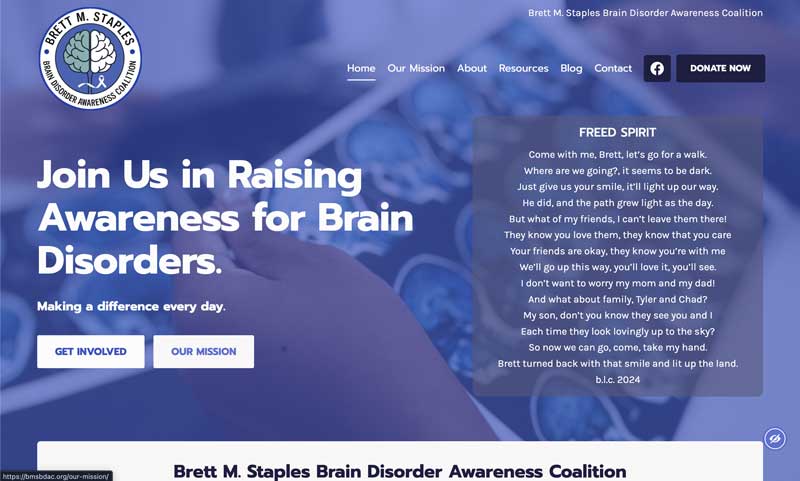
How To Accomplish Website Accessibility and ADA Compliant?
ADA stands for the Americans with Disabilities Act, and it helps create standards that all information and electronic information needs to abide by. This helps people with disabilities like the seeing or hearing impaired to access information on the internet and other online resources. The act includes websites, and over the years, many of the bigger name brands have been susceptible to lawsuits from lawyers representing individuals with disabilities.
But you don’t have to be a multi-million dollar company to be accused of not abiding by the ADA. Thousands of smaller websites and brands are being sued for not having the correct standards in place. Because the ADA standards are still somewhat vague in their interpretation, it can be hard to know exactly what you need to change in order to be compliant.
The suggestions below are a great starting point for knowing which changes need to be addressed in ADA Web Design practices.
- Include alt text for all pictures
- Video and audio on sites must have a transcript available
- All videos must include closed captioning
- Use proper markups for websites content
- Present content in a meaningful order
- Detailed instructions can’t rely on one sensory ability
- Color alone can’t convey information
- All audio must include user controls
- The text needs to have the ability to be resized by 200%
- No images of text unless necessary
- All functions and content need to be accessed by keyboard only
- Must be able to navigate the website using keyboard only
- Users must be able to adjust time limits on a site
- Animations must have the capability to be controlled by the user
- No elements can flash more than three times in one second
- Skip to navigation link leads people to content and pass header
These are just some of the suggestions provided, but you can see a full list of ADA compliance guidelines.
Also see: ADA Website Compliance in Layman’s Terms
Recent ADA Compatible Sites
Disclaimer: Getting ADA compliant with the extensive list of ADA regulations can be a nightmare if you don’t have a widget like UserWay and hiring a developer to make the changes to your site to ensure it adheres to Web Content Accessibility Guidelines (WCAG 2.1). In our experience, it’s almost impossible to make a website 100% ADA Compliant. Our goal is to get websites ADA Compatible as much as we can without significant costs. Nor can we ever guarantee that any site adheres 100% to the Web Content Accessibility Guidelines (WCAG 2.1).
The FREE version of the UserWay widget (or any FREE ADA Plugin) will make your website accessibility ADA compatible, but not 100% adhering to WCAG 2.1.
Maine Hosting Solutions is an Authorized Userway Agent that includes Accessibility and ADA Compatibility in their All-Inclusive Web Development Plans.





